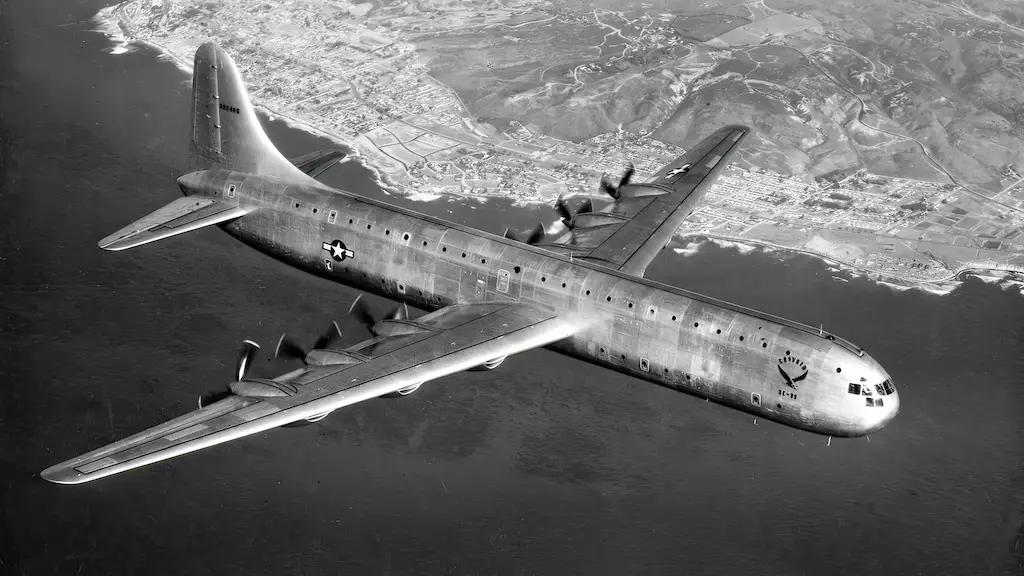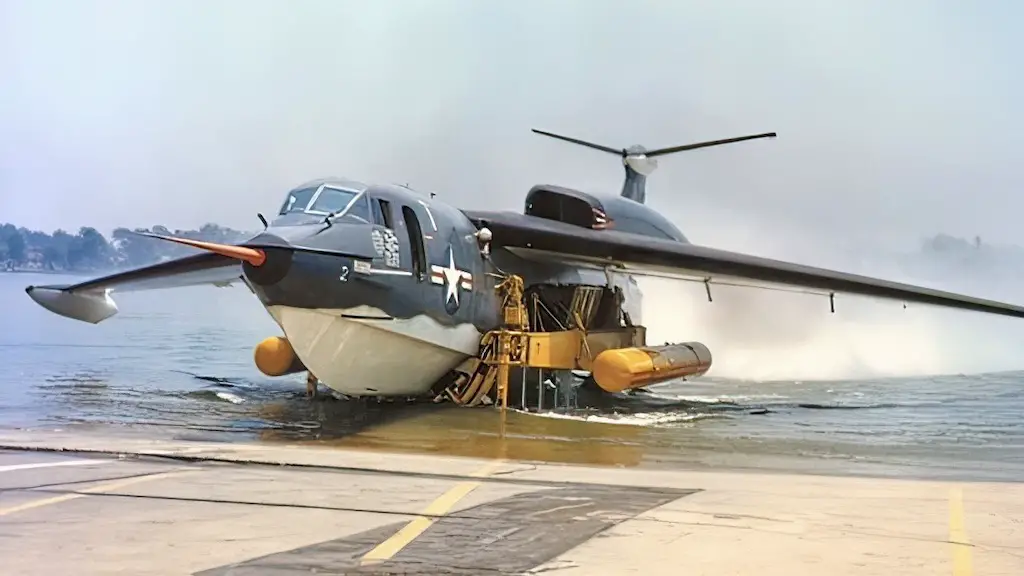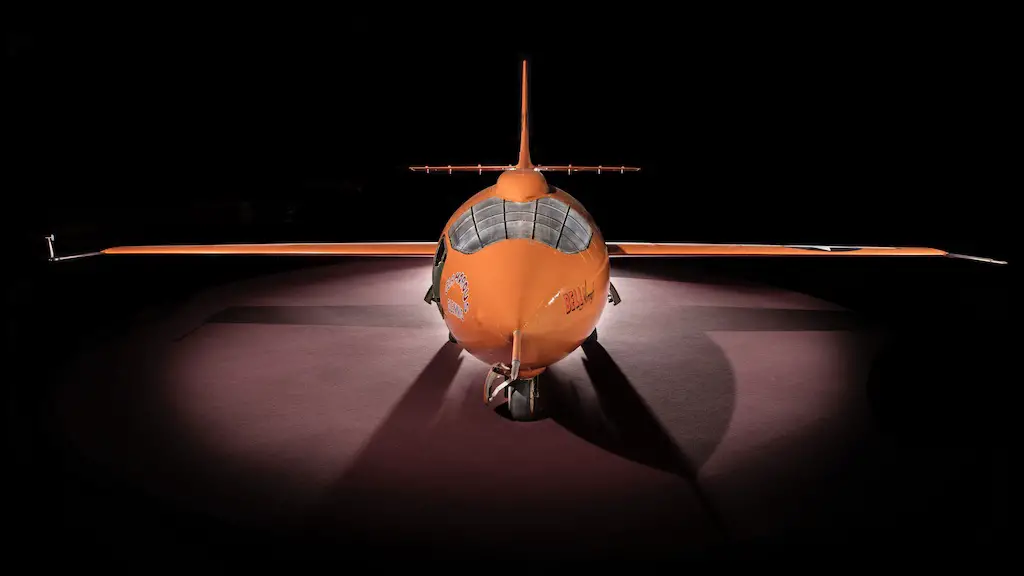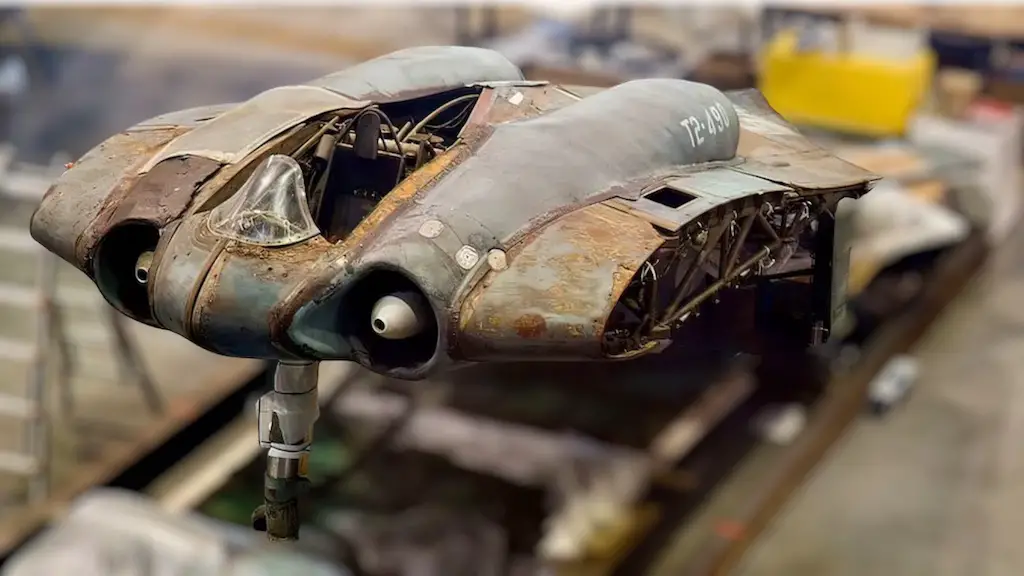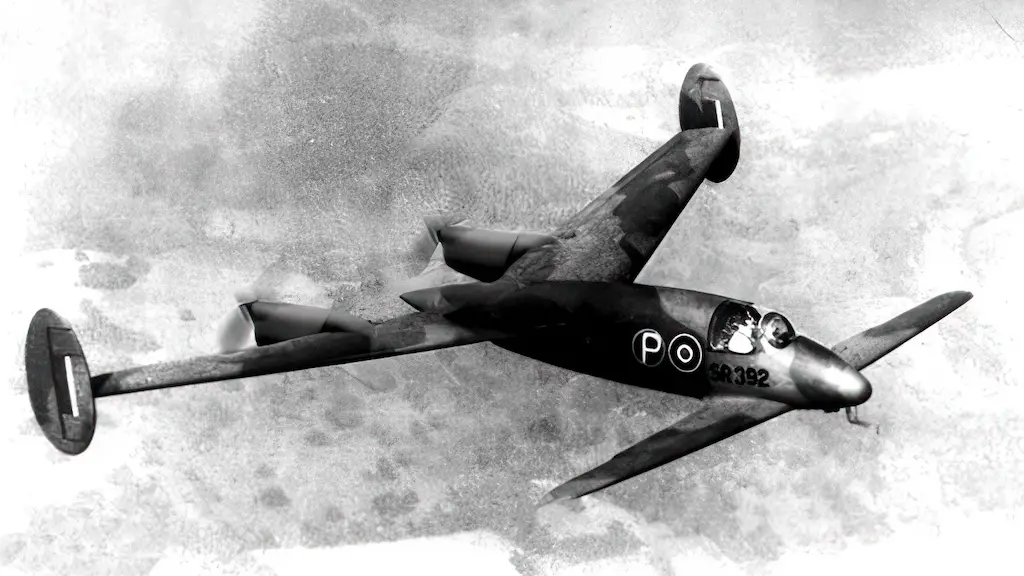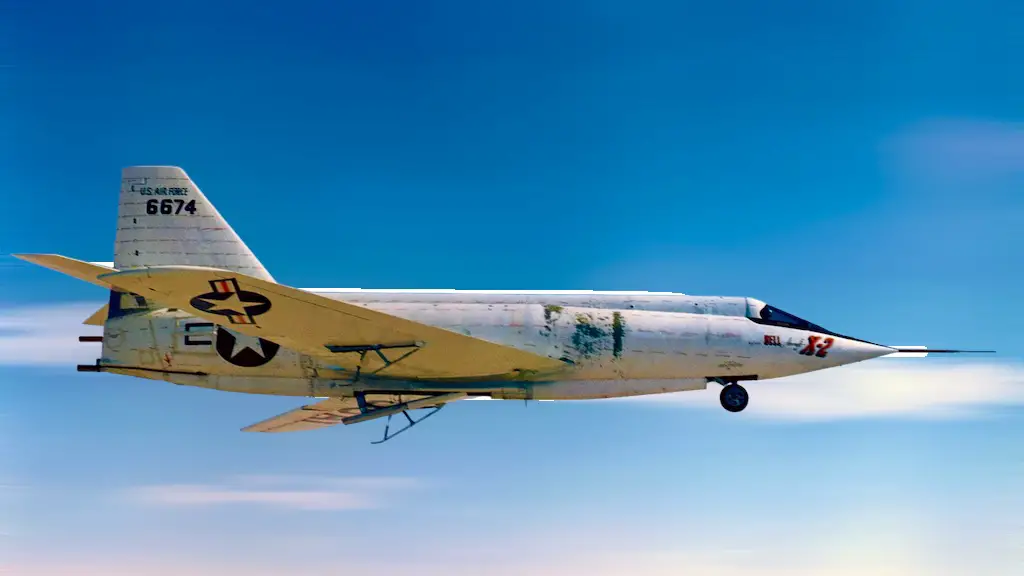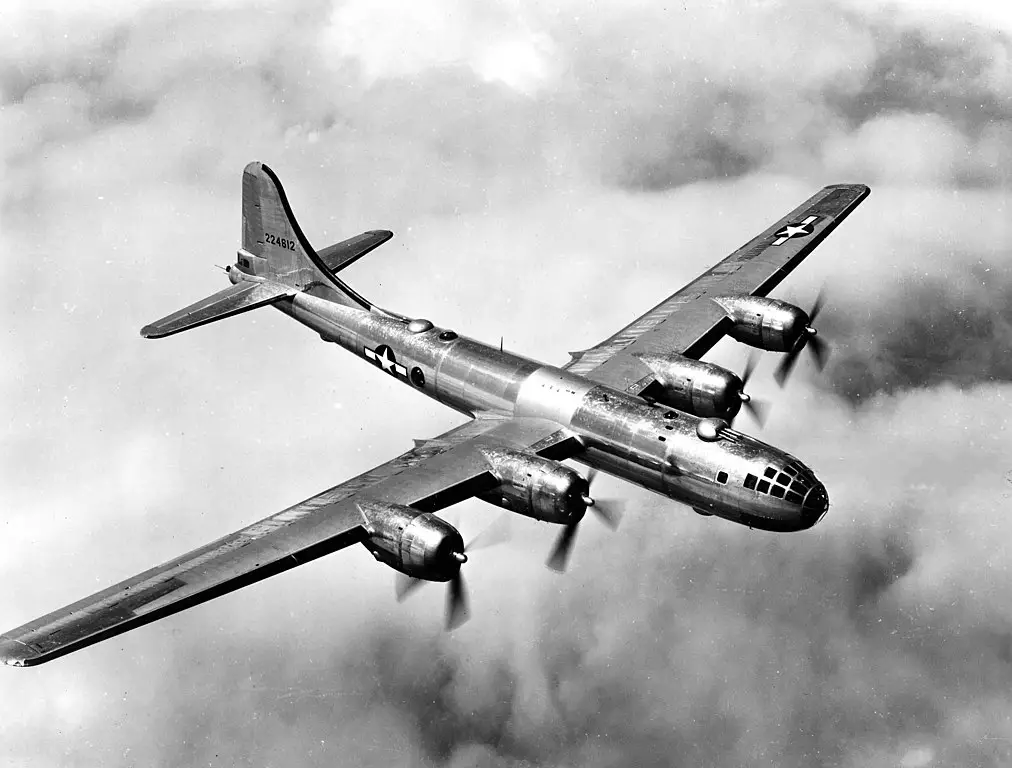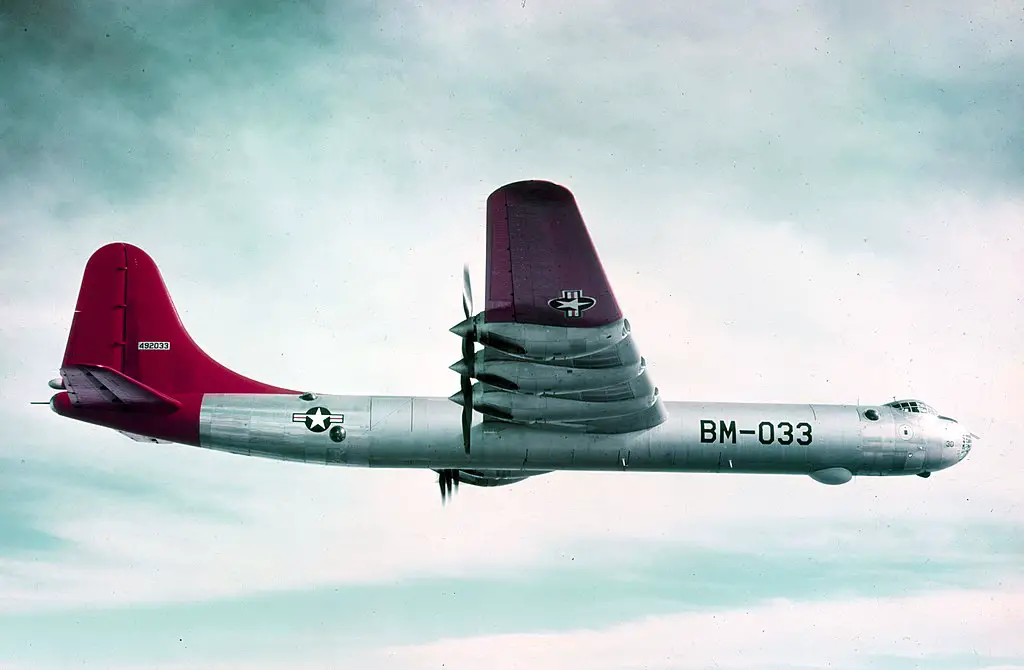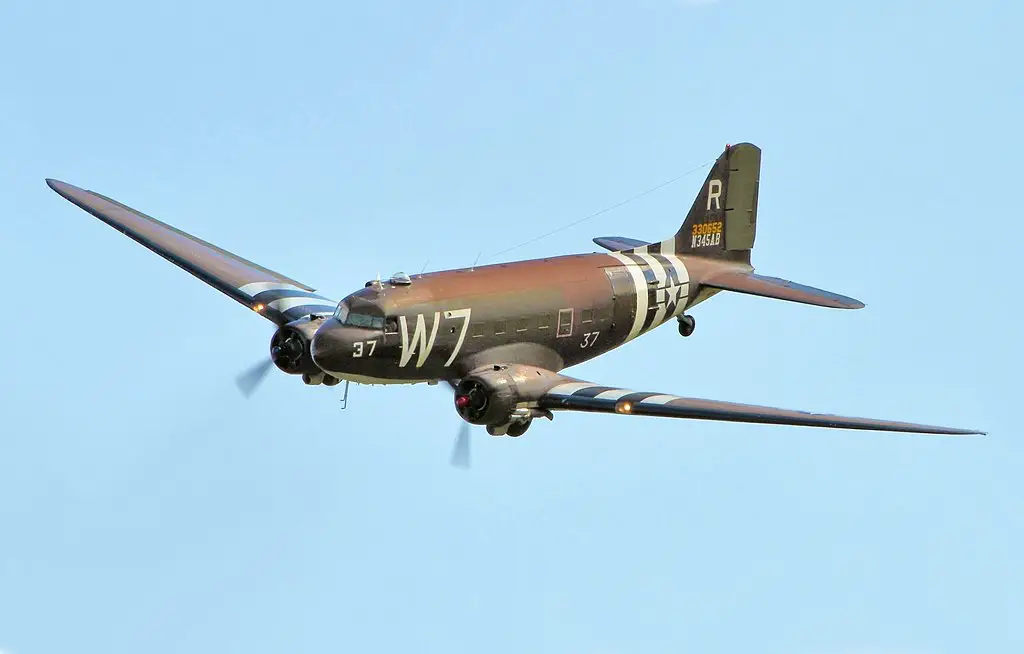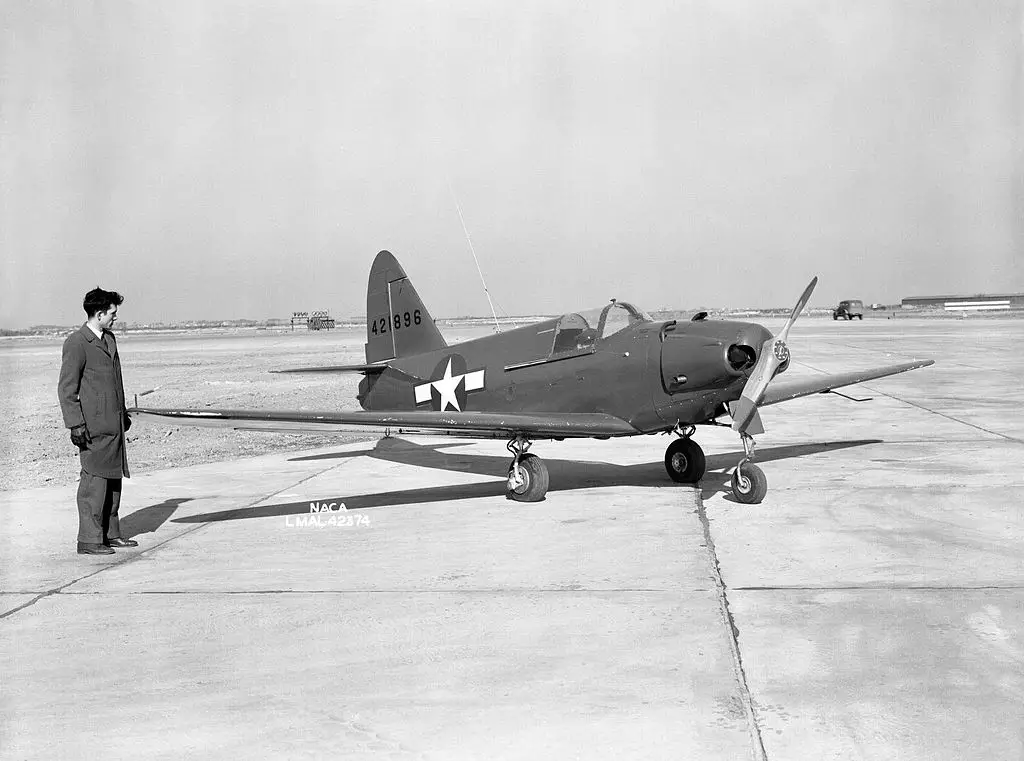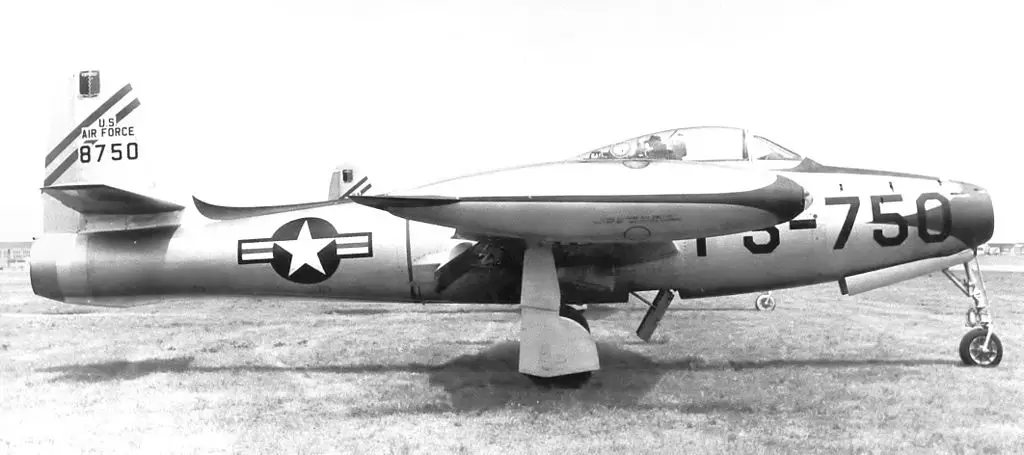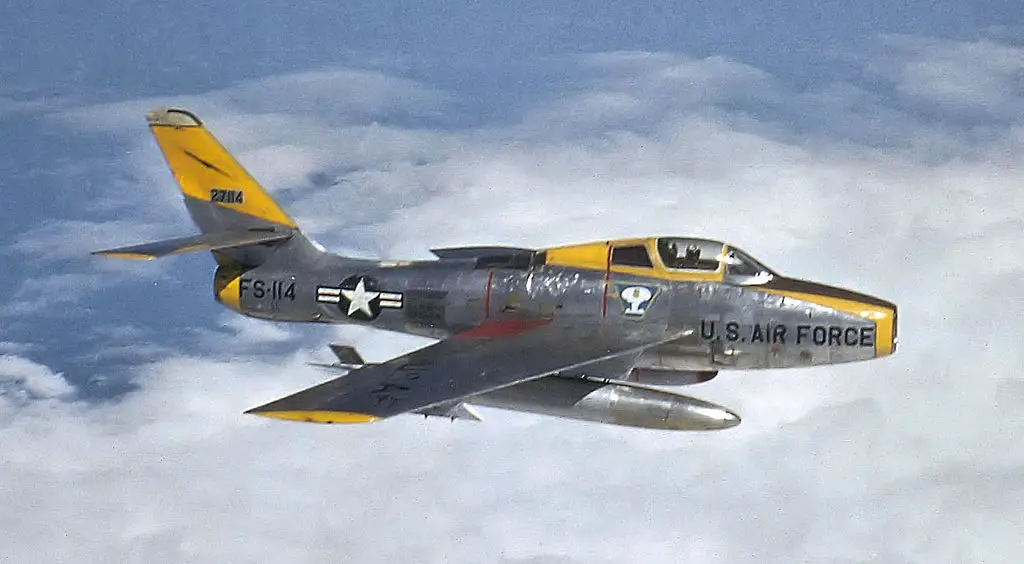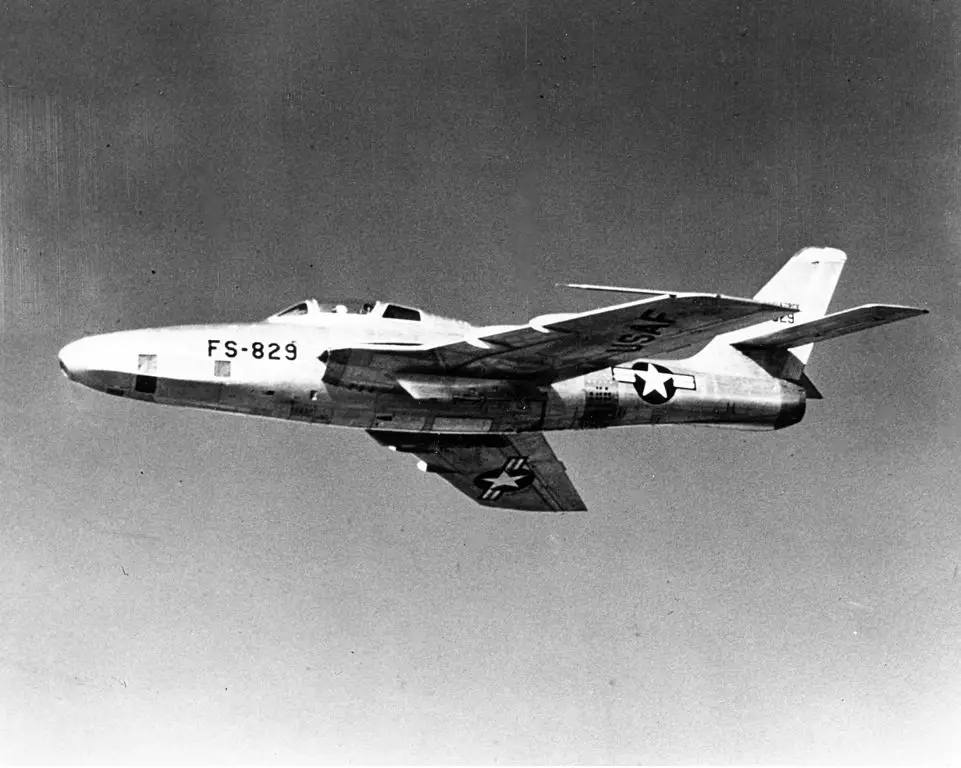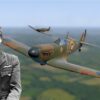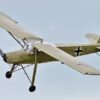Because the majority of the world’s powers were involved in the Second World War, weapons technology advanced at a breakneck pace. When the war ended, and the Cold War resurfaced, there was still a need for this type of growth. The United States initiated the Fighter Conveyor (FICON) Project in an attempt to outdo the Soviet Union.
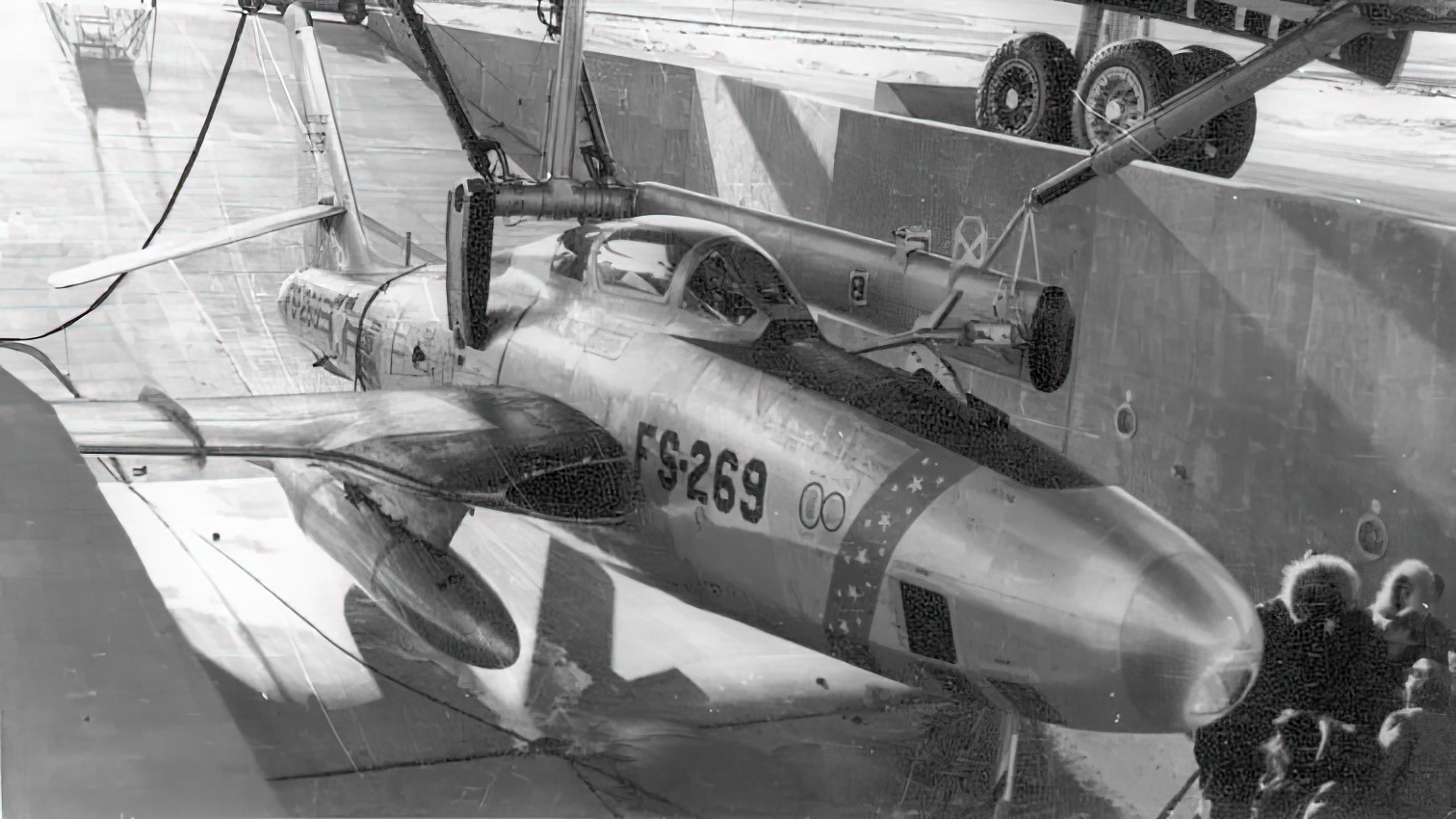
Bombers were too large for recon operations
The main distinction between the Cold War and the Second World War was that the former was focused on reconnaissance rather than real fighting. The United States had a surplus of big bombers from WWII, and the decision was taken to repurpose them for new missions.
B-29 Superfortresses were converted into photographic reconnaissance platforms. This had an advantage because the bombers had a long range and could carry huge cameras. The Convair B-36 Peacemaker, as well as the RB-36 version, were utilized for spy missions. In the early days, the RB-36 was an excellent option for reconnaissance. It could fly at altitudes jet fighters couldn’t, allowing it to easily fly above other countries. The strategic bomber could also maneuver more successfully than Russian fighters.
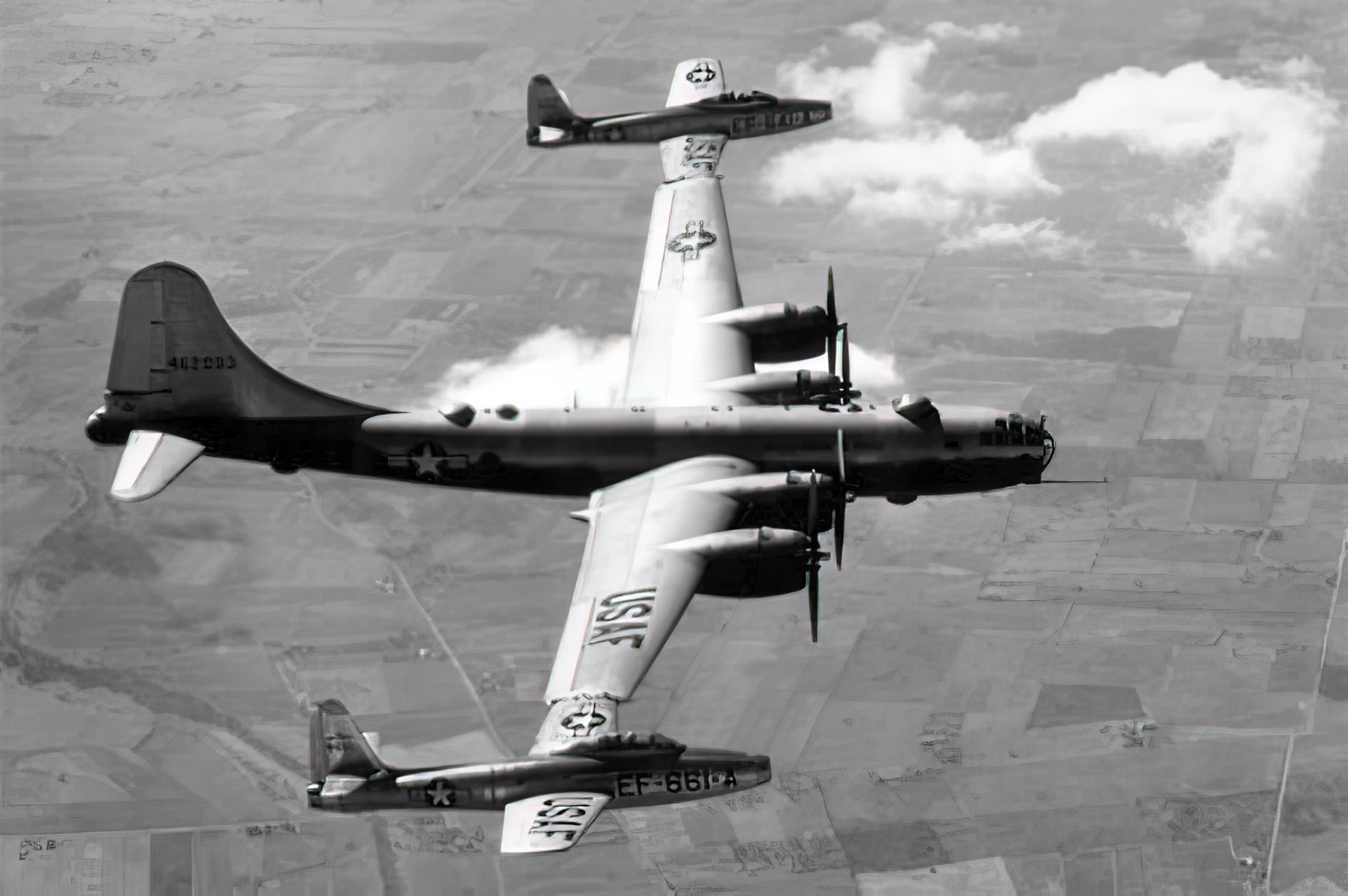
It was time to think outside the box
The benefits of the RB-36 Peacemaker did not persist indefinitely. The Soviet Union, like America, was constantly developing its aircraft, and by the early to mid-1950s had built interceptor jets capable of reaching higher altitudes and maneuvering just as effectively as American planes.
Several ideas were developed to improve reconnaissance aircraft. One, known as Project Tip-Tow, came from a 1940s test flight with a Douglas C-47A Skytrain and a Culver Q-14B Cadet linked together. A modified ETB-29A Superfortress with two Republic EF-84Ds mounted to its wings was utilized for Project Tip-Tow. The plan was for the bomber to shut down its engines and rely on the fuel of the smaller fighter bombers, extending its range.
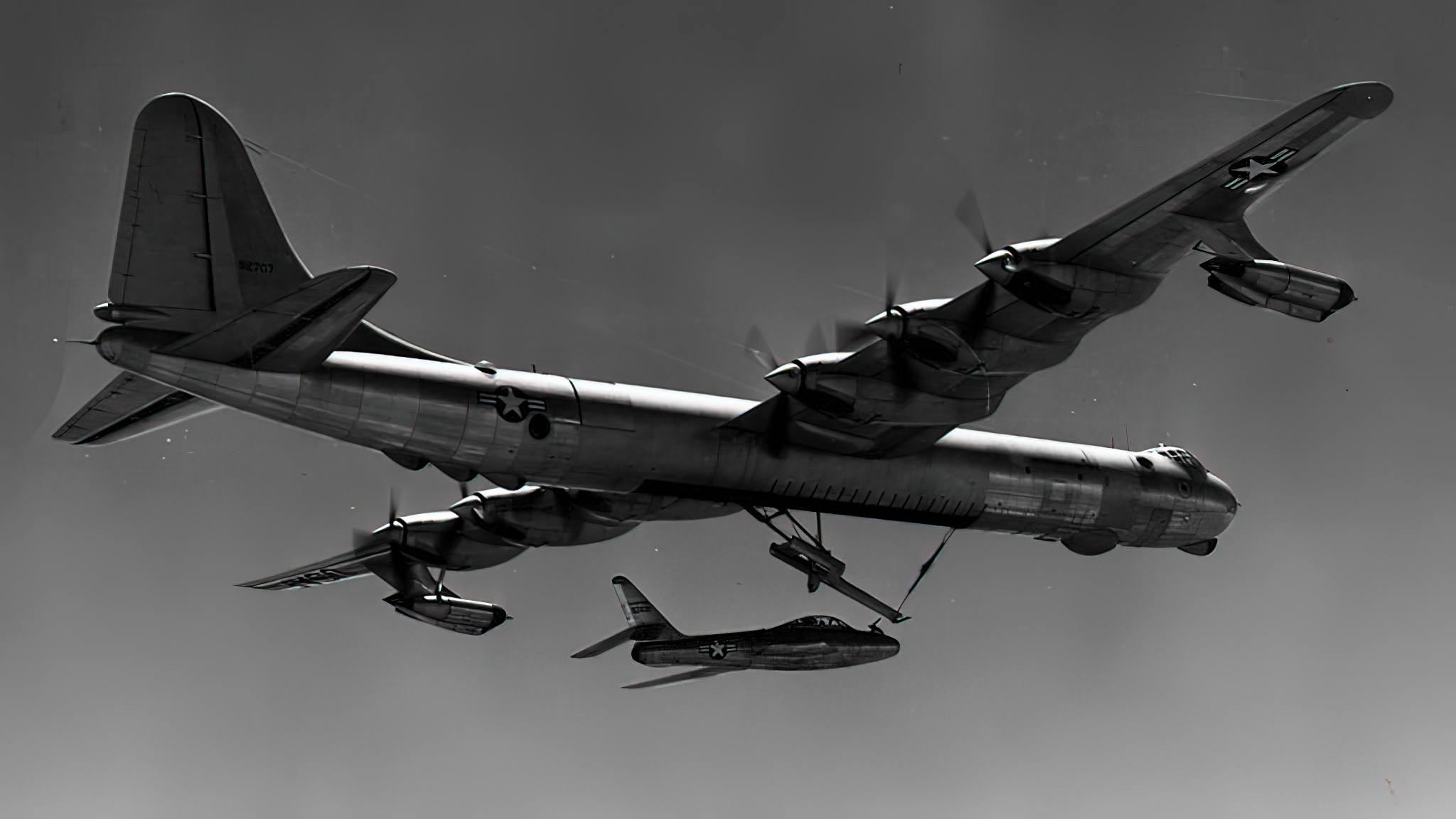
Although the concept was somewhat successful, the US military continued to work on alternative ideas. This included the far later Project Tom-Tom, which involved attaching two FF-84Fs to the wings of a JRB-36F. The Fighter Conveyor (FICON) Project, which was similar to Project Tow-Tow and Tom-predecessor, Tom’s experienced some success, but the decision was finally made not to move further with it, after it was deemed that the concept posed too much of a risk to pilots.
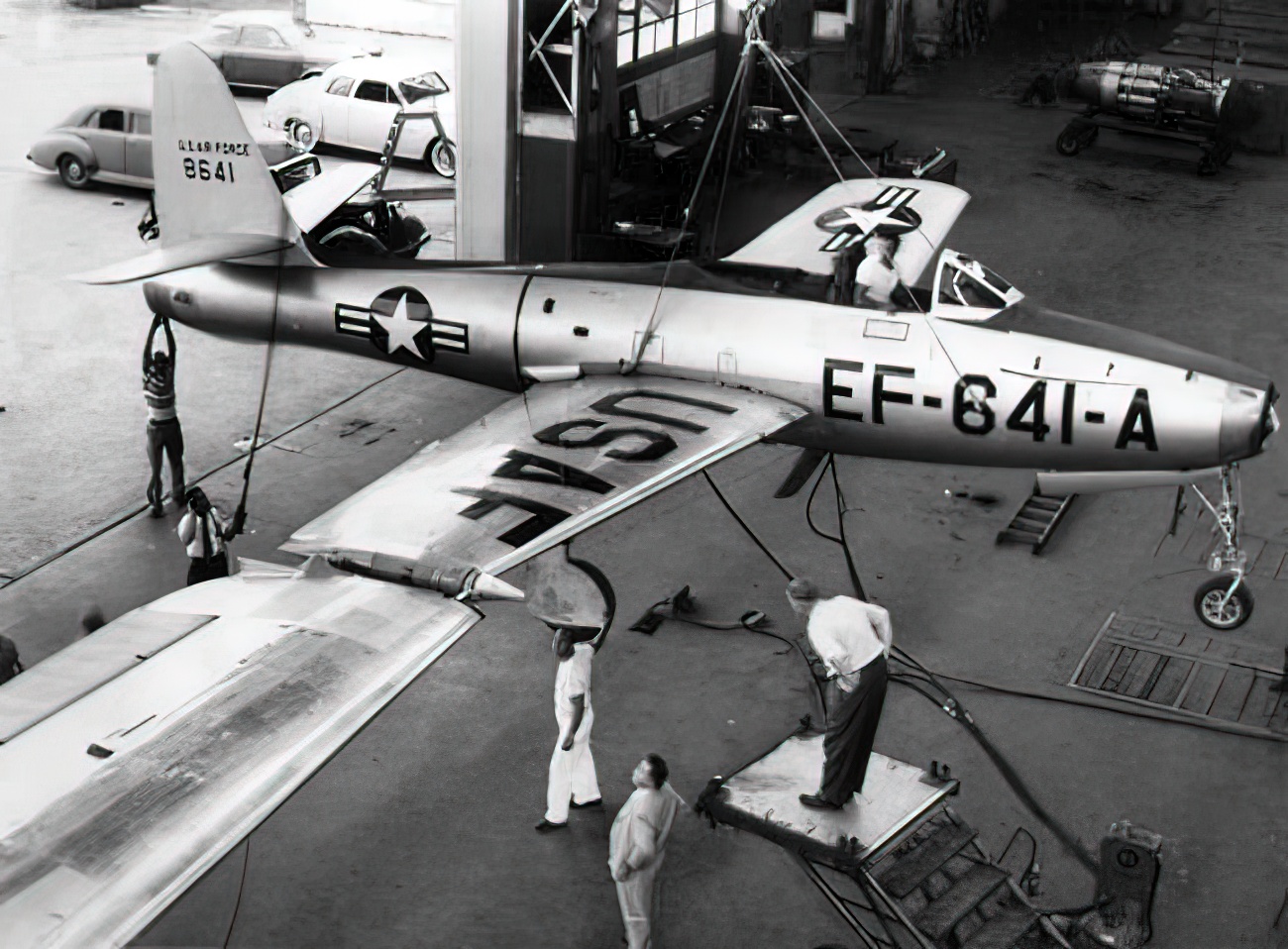
FICON Project
The FICON Project was developed by the United States Air Force in the early 1950s. In practice, the larger B-36 Peacemaker would carry the smaller F-84 Thunderjet, which might not have the range to reach its destination on its own. The F-84 would approach the target and dump its payload, a nuclear bomb, before returning to the B-36 and being brought back to base.
So an aircraft carried a nuke while being carried by another aircraft.
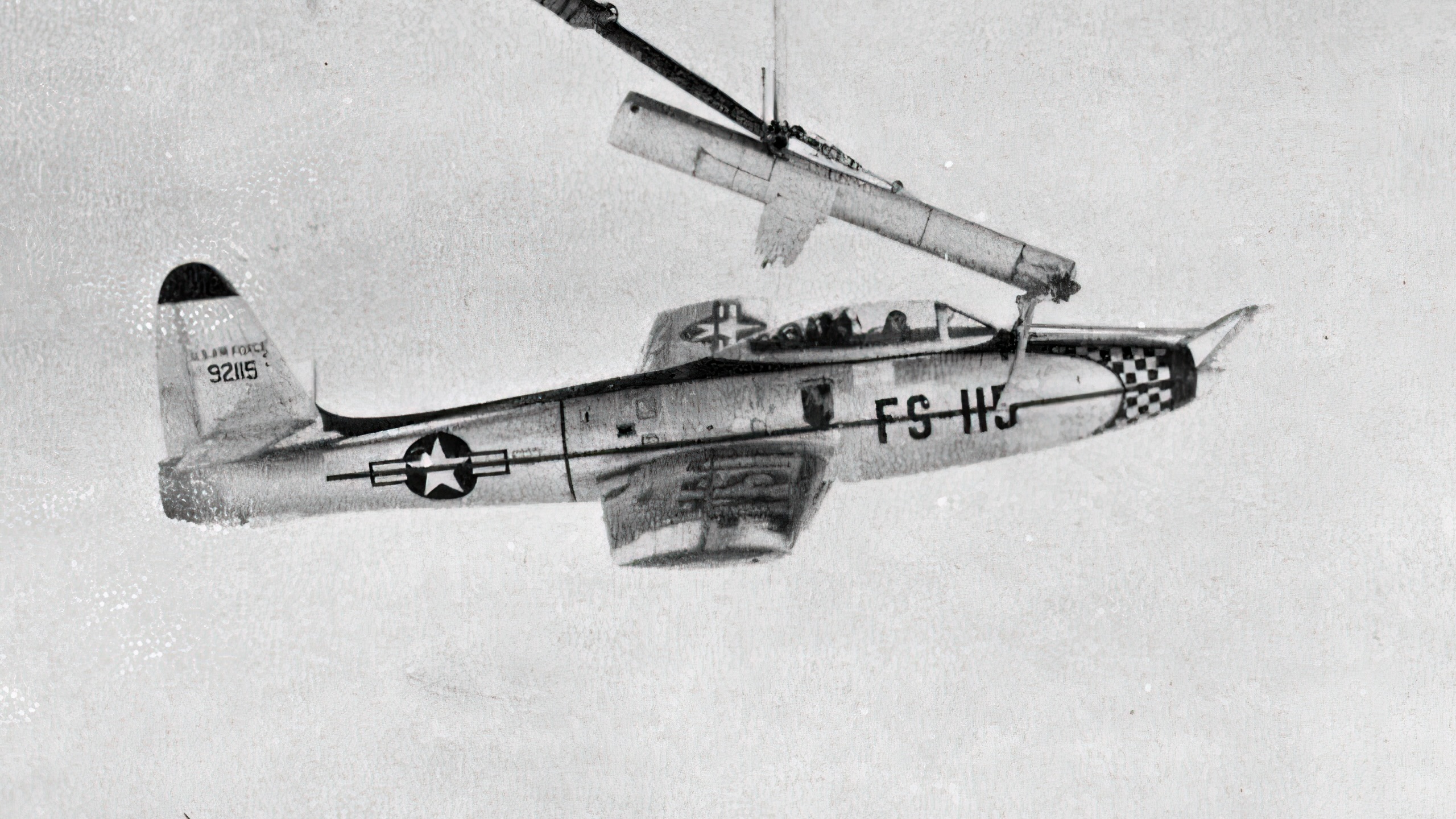
The smaller planes were stored in the bomb bay.
The Air Force developed a trapeze system as part of the FICON Project. A retractable hook in front of the cockpit on an F-84E Thunderjet lets it be hooked to a GRB-36 Peacemaker. The cockpit, fuselage spine, and tail fin would be located inside the larger bomber, while the rest would be located underground. The GRB-36’s drag increased, and its range decreased, but it allowed the F-84E’s pilot to leave his aircraft while it was attached.
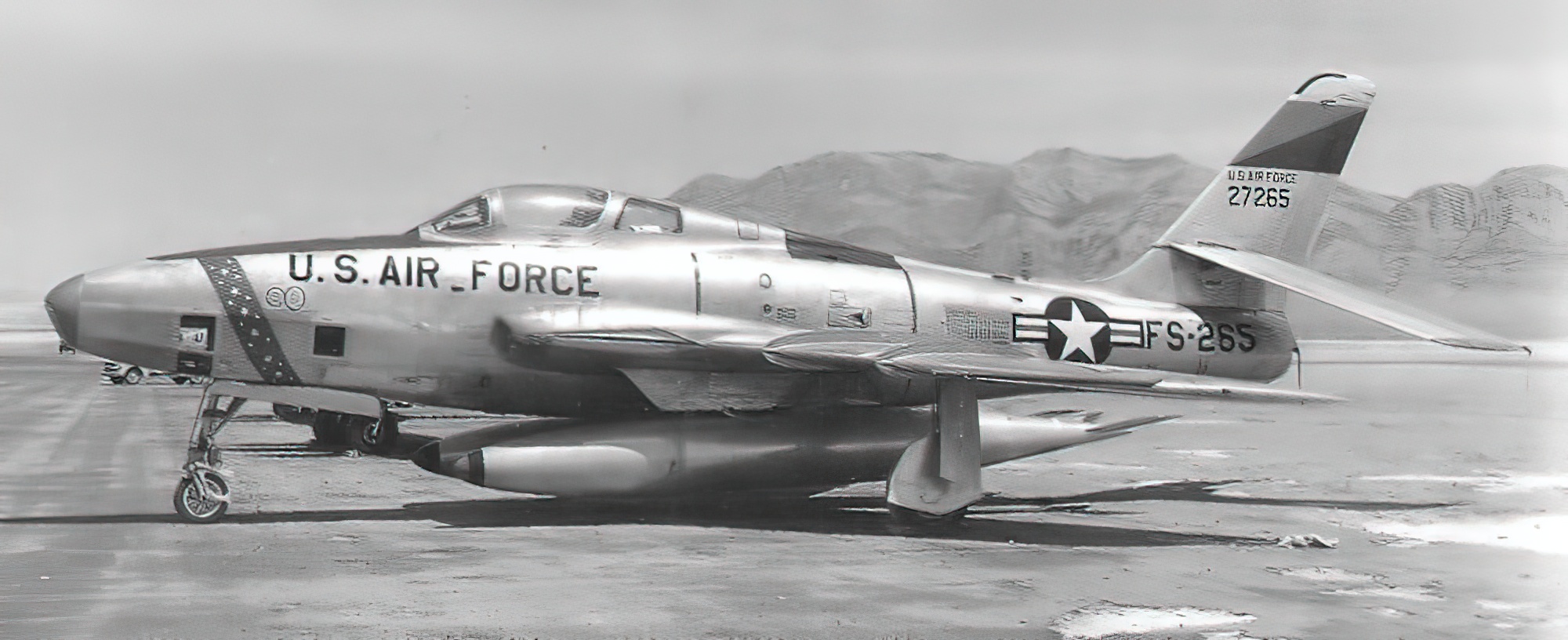
In the early 1950s, the Air Force performed a number of tests with this, with the theory being that the F-84’s better flying abilities would allow it to maneuver its way through heavily protected targets to drop its payload. The hook-equipped planes were eventually replaced by the speedier Republic F-84F Thunderstreak and, later, the RF-84K Thunderflash, shifting the FICON Project’s emphasis from assault to tactical reconnaissance.
Legacy of the project
From 1955 through 1956, the FICON Project saw limited service with the Strategic Air Command. Tests revealed that the system’s concept was tactically solid and, in theory, worked. It wasn’t, however, flawless. Simple things like bad weather might make the practice unreliable, and the RF-84K Thunderflashes significantly restricted the ground clearance of the GBR-36D Peacemaker.
Reconnecting the RF-84Ks to the larger bombers was likewise extremely difficult, even for the most experienced pilots. Due to these challenges, as well as the B-36, being obsolete, the FICON Project was eventually canceled in 1956. The appearance of the Lockheed U-2 Dragon Lady also played a role.
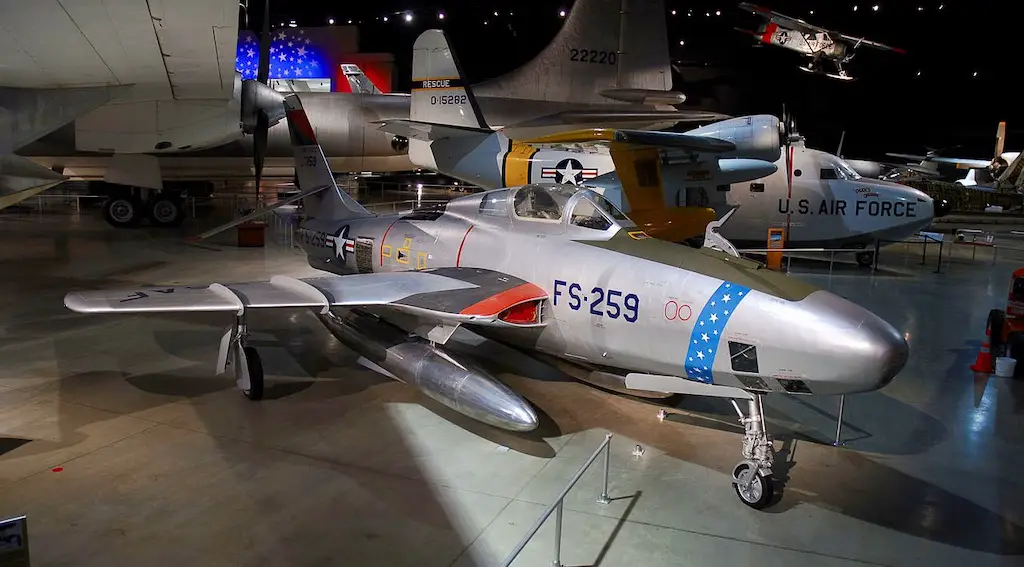
The final flight took place in April of that year. While the majority of the RF-84Ks were dismantled, several were still used for reconnaissance missions with the hook equipment installed. Only three are still in existence, and they can be seen at the Wings Over the Rockies Airspace Museum in Denver, Colorado; the National Museum of the United States Air Force at Wright-Patterson Air Force Base in Ohio; and the Planes of Fame “static lot” in Chino, California.

